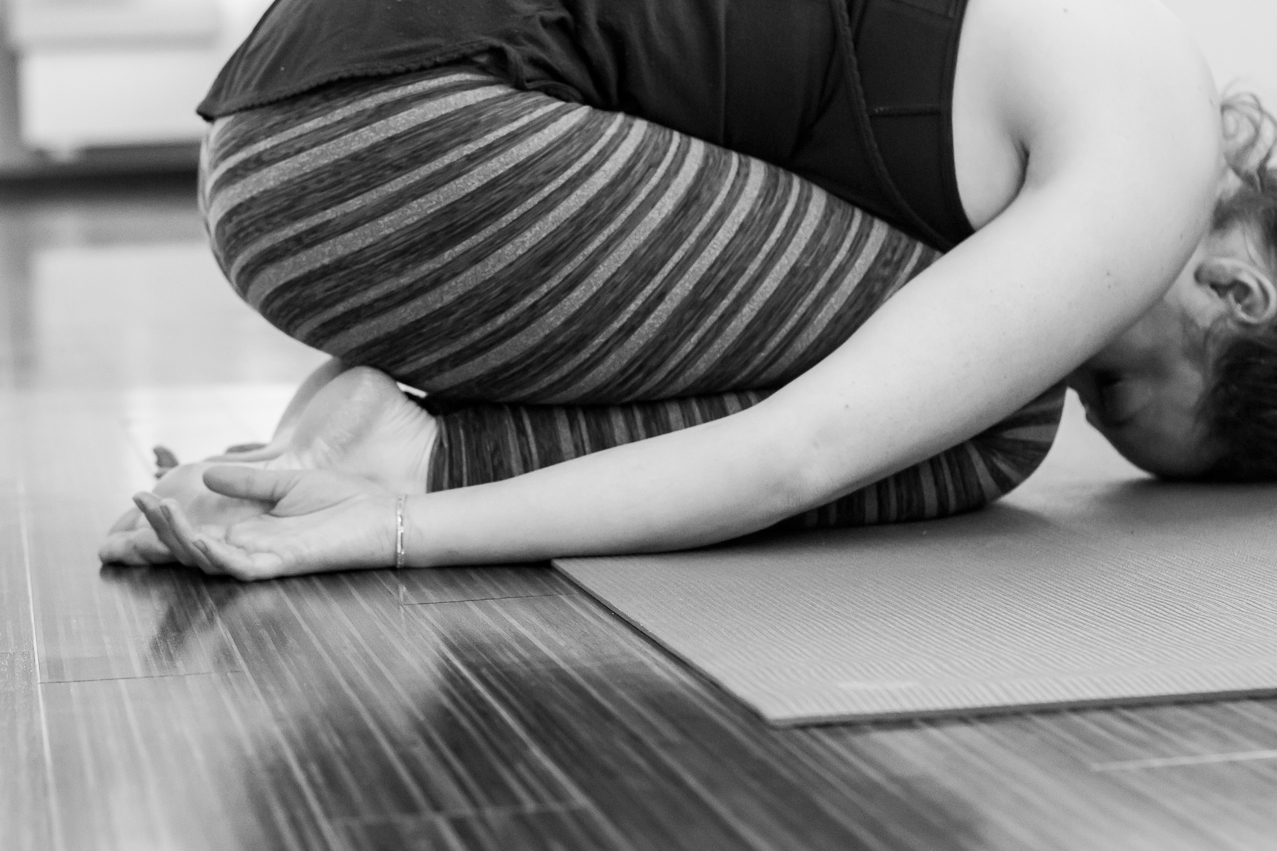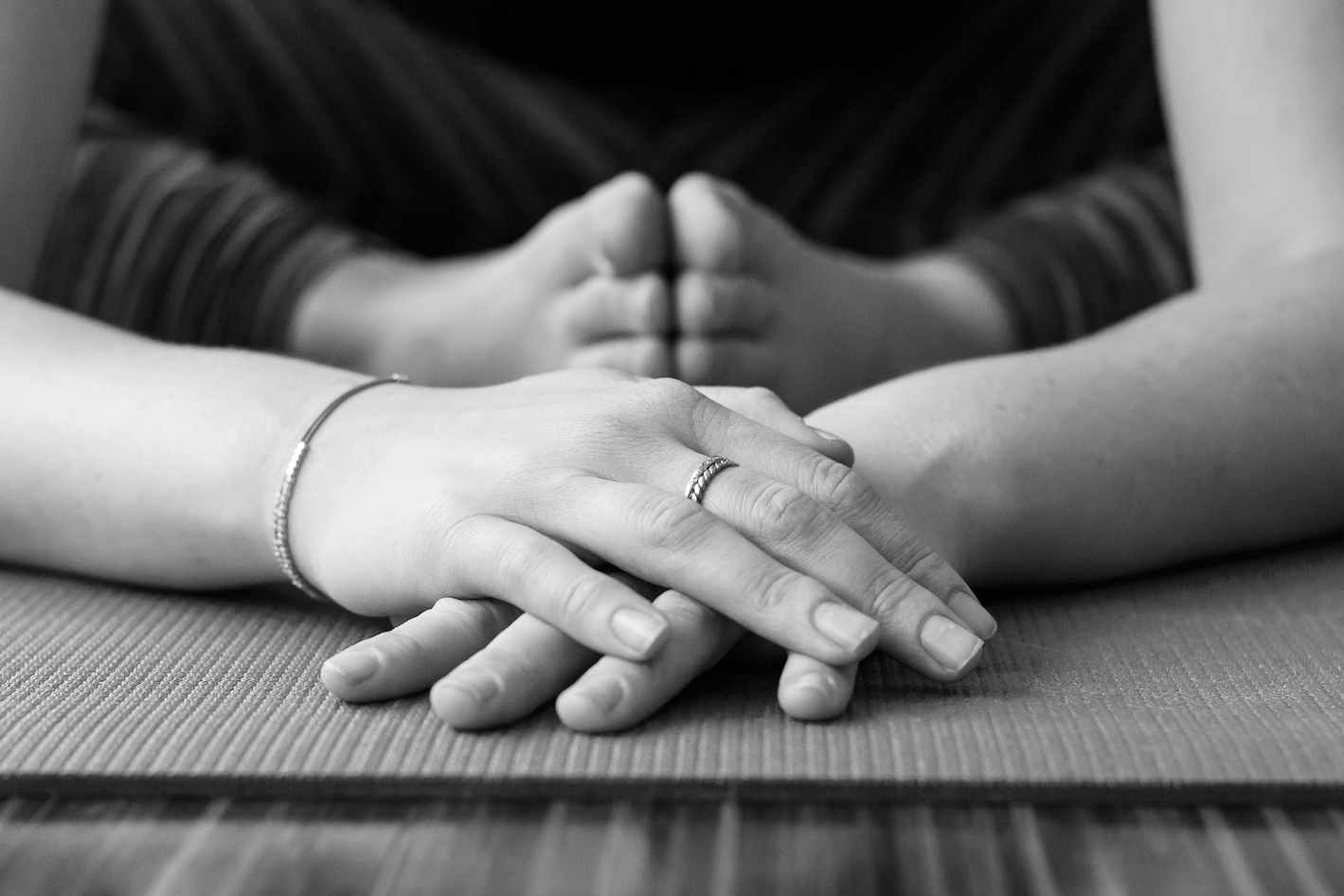Yin Yoga? Yes Please!

The motion of yin and yang generates all things in nature. MEH JIUZHANG & GUO LEI
Finding Balance with Yin Yoga
Balance is a byproduct of yoga, something we bring into our practice intentionally or a natural result of taking time away from busyness and distraction to move inward. We can look at the balance of how we practice, noticing what we are attracted to or shy away from within our yoga. Our body wants to be in a state of balance, both energetically and physically.
Balance involves two sides, the yin and the yang. When we are striving to achieve a balanced practice, we must consider both yin and yang yoga of importance. Yang yoga constitutes the majority of the physical practice that happens when we come to our mat. The act of "doing": igniting our fire and actively using our bones and muscles to move through our sequence. Activating our breath and bringing heat and focus to our movements. Yin yoga is the opposite, the "working soft", the gentle experience. With passive shapes and smooth, easy breath, this practice is intended to give all the work over to gravity.

Yin Yoga Explained
Yin yoga is a passive practice that incorporates long holds to soften, lengthen and cleanse the body. This practice targets the connective tissues of the body, the most abundant and widespread type of tissue in our systems. Its function is primarily to support, anchor and connect various parts of the body and includes ligaments, tendons, bones, cartilage and blood to name a few.
Often these connective tissues are referred to as "dry" tissues; yin yoga is intended to lubricate the body and ensure the cleansing and longterm health of the tissues. Everyone can and will benefit from this practice and it is the perfect compliment to any physical activity.
“Yin Yoga is simple, but simple does not mean easy.” ― Bernie Clark, The Complete Guide to Yin Yoga: The Philosophy and Practice of Yin Yoga
Along with the physical benefits of yin yoga, the mental and emotional bodies are influenced as well. This practice is one of decluttering the mind and cultivating stillness. Trauma and emotional "stickiness" that builds in the body over acute stresses or past issues begin to organically exit the body as these deep tissues begin to soften and relax. This practice may look easy on the outside, but often yin practitioners will learn that finding this stillness and fully, truly letting go may be the hardest part of yoga. Like any self-work, it takes practice. The body begins to naturally soften and open over time, with patience.


